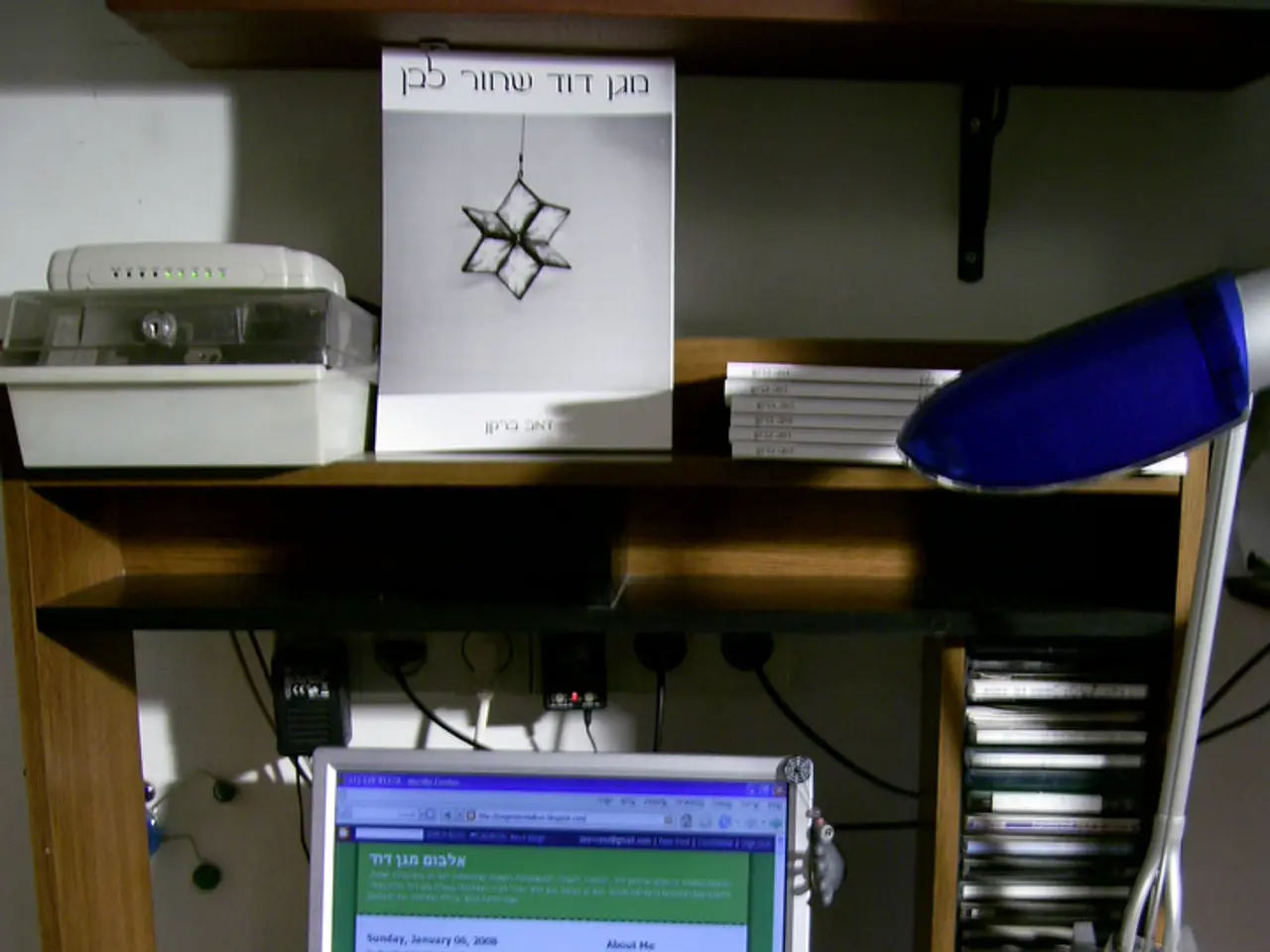Monitor Evaluation Decoded: Unveiling Methods for Assessing Computer Screens
In the world of photography and video production, the quality of a monitor can make all the difference. One key specification that sets monitors apart is the gamut volume, a benchmark used by the industry and measured in addition to other gamut tests. The standard for gamut volume is 100%, meaning a perfect representation of all possible colors.
To generate the ICC profile, a crucial component for color accuracy, software like QuickMonitorProfile uses x & y coordinates from gamut measurements. This profile ensures that the colors displayed on the monitor closely match the intended colors.
When it comes to color accuracy, a lower Delta E value is desirable. This value indicates the difference between the colors displayed on the monitor and the intended colors. A lower Delta E value means a more accurate representation of colors.
To test grayscale accuracy, monitor manufacturers often use Gray Step and Gray Fields patterns, ranging from 0-100%. This helps to ensure that the monitor can accurately represent the full range of grayscale tones.
In professional monitor reviews, gamma tracking (the difference between the highest and lowest values) and deviation from the BT.1886 standard in percent are charted. The BT.1886 gamma standard, introduced in 2011, is replacing the 2.2 power function in film and television content. The differences between these two standards may be subtle, but they show more shadow detail and greater contrast in mid-tones and highlights.
To measure color gamut, a saturation sweep is used, sampling six main colors (red, green, blue, cyan, magenta, and yellow) at five saturation levels (20, 40, 60, 80, and 100%). This helps to ensure that the monitor can accurately represent a wide range of colors.
One company leading the way in this field is Portrait Displays. They develop and deliver computer monitors with ICC profiles created using Calman and QuickMonitorProfile, and verified with Gamutvision. This ensures that their monitors offer accurate and consistent color reproduction.
In addition to the standard patterns used for color tests, such as Color Bars and Full-Fields of Red, Green, Blue, Cyan, Magenta, and Yellow, these tests are essential for ensuring that monitors meet the highest standards of color and grayscale accuracy.
Read also:
- Increase in parking enforcement: Heidelberg utilizes scanner-equipped vehicles to identify violators as pressure on parking spaces intensifies
- Meta's Hyperspace enables the scanning of the physical world and its transformation into the Metaverse, while offering innovative AI tools for users to create anything they desire.
- Top Picks for Tech Enthusiasts: 13 Exciting Gadgets to Delight Your Tech-Savvy Friend
- Comprehensive Guide on Electric Vehicles: practically all the information you require about in-vehicle entertainment systems








